In the previous tutorial, various boolean postulates and theorems were discussed. These theorems and postulates are useful in deducing a boolean expression. It was also discussed that for n number of variables, there can be maximum 2^2n boolean functions. So, there can be maximum 16 (2^4) boolean functions between two boolean variables. A boolean variable represents a singular binary data source in digital electronics i.e. a single bit or serial stream of bits. So, there can be maximum 16 logical functions in digital circuits. Let us learn about all the logical operations.
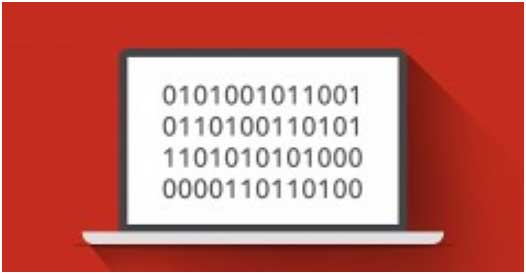
Fig. 1: Representational Image of All Boolean Logic Operations
There can be 16 possible combinations of outcomes between two boolean variables, say X and Y. These outcomes are shown in the following truth table –

Fig. 2: Truth Table listing all possible boolean functions for two variables
Corresponding to the following 16 combinations of possible outcomes, there are the following logical operations –
F0: Null – The output being false for all inputs of boolean variables is called Null. This is equivalent to binary constant 0. The function is equivalent to boolean expression F = 0.Corresponding to the following 16 combinations of possible outcomes, there are the following logical operations –
F1: AND – The output being true when both inputs of boolean variables is true otherwise output being false is called AND operation. This is one of the basic logical operations. It is represented by dot (.) operator in the boolean algebra. The function is equivalent to boolean expression F = xy or F = x.y.
F2: Inhibition – The output being true for one variable being true but not the other is called Inhibition. For function F2, the outcome is true provided x is true but not y. In boolean algebraic notation, it is written as x/y. The function is equivalent to boolean expression F = xy’.
F3: Transfer – The output being true if and only if one of the boolean variables is true is called transfer. For function F3, the outcome is true provided only if x is true irrespective of y. In boolean algebraic notation, it is represented simply by writing x. The function is equivalent to boolean expression F = x.
F4: Inhibition – The output being true for one variable being true but not the other is called Inhibition. The function F4 is similar to function F2. For F4, the outcome is true provided y is true but not x. In boolean algebraic notation, it is written as y/x. The function is equivalent to boolean expression F = x’y.
F5: Transfer – The output being true if and only if one of the boolean variables is true is called transfer. The function F5 is similar to function F3. For F5, the outcome is true provided only if y is true irrespective of x. In boolean algebraic notation, it is represented simply by writing y. The function is equivalent to boolean expression F = y.
F6: Exclusive-OR – The output being true only when either one of the boolean variables is true but not the other is called Exclusive-OR. For this function, the outcome is true provided x or y is true but not both. In boolean algebra, the EX-OR operation is represented by  operator. The function is equivalent to boolean expression F = xy‘ + x’y.
operator. The function is equivalent to boolean expression F = xy‘ + x’y.
F7: OR – The output being true if either or both of the boolean variables is true is called OR operation. This is one of the basic logical operations. It is represented by Plus (+) operator in the boolean algebra. The function is equivalent to boolean expression F = x + y.
F8: NOR – The inverse of OR operation is called NOR. Its outcome is true only when both variables are false. In boolean algebra, it is represented by down arrow  . It is written
. It is written  as . The function is equivalent to boolean expression F = (x + y)’.
as . The function is equivalent to boolean expression F = (x + y)’.
F9: Equivalence – The output being true only when both variables are either true or both are false is called equivalence. This is inverse of EX-OR, so is also called Exclusive NOR (EX-NOR). In boolean algebra, it is represented as (x y)’. The function is equivalent to boolean expression F = xy + x’y‘.
y)’. The function is equivalent to boolean expression F = xy + x’y‘.
F10: Complement – In function F10, the output is complement of one of the boolean variables. The outcome is true if y is false irrespective of x. In boolean algebra, it is represented as NOT of Y. It is written as y’. The function is equivalent to boolean expression F = y’.
F11: Implication – The output being true if either one of the boolean variable is false or the other is true is called implication. In Function F11, the output is true if either y is false or x is true. In boolean algebra, it is represented as x  y. The function is equivalent to boolean expression F = x + y’.
y. The function is equivalent to boolean expression F = x + y’.
F12: Complement – In function F12, the output is complement of one of the boolean variables. The outcome is true if x is false irrespective of y. In boolean algebra, it is represented as NOT of x. It is written as x’. The function is equivalent to boolean expression F = x’.
F13: Implication – The output being true if either one of the boolean variable is false or the other is true is called implication. In Function F13, the output is true if either x is false or y is true. In boolean algebra, it is represented as y  x. The function is equivalent to boolean expression F = x’ + y.
x. The function is equivalent to boolean expression F = x’ + y.
F14: NAND – The inverse of AND operation is called NAND. It is one of the basic logical operations. The output of NAND is false if both boolean variables are true otherwise it is true. In boolean algebra, it is represented by upward arrow ( ). It is written as x y. The function is equivalent to boolean expression F = (xy)’.
F15: Identity – The output being true for all inputs of boolean variables is called Identity. This is equivalent to binary constant 1. The function is equivalent to boolean expression F = 1.
All the possible logical operations between two boolean variables are summarized in the following table –
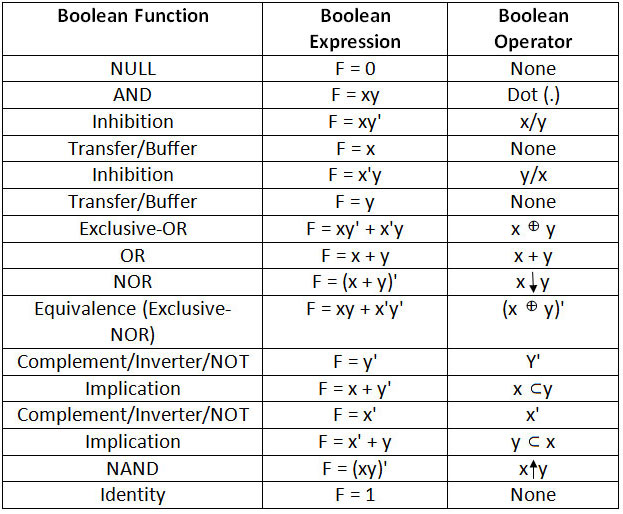
Fig. 3: Table listing all boolean functions with two variables
So, the basic logical operations – AND, OR, NOT, XOR, XNOR, NAND, NOR along with buffer, inhibition, implication, null and identity operations are the only logical (boolean) operations. The complement and transfer operations are unary operations which work on a single operand.
In the previous tutorial, a boolean expression was minimized usingtruth table. But that is not a standard or systematic way to minimize a boolean expression. In the next tutorial, learn about Gate Level Minimization that includes important mapping techniques for simplification of a boolean expression. The K-Map, VEM and QM techniques are important gate level minimization techniques that must be known for gate level implementation of boolean expressions and so the digital circuits. Once, the gate level minimization techniques are known, practical digital circuits can be designed. So, the basic logical operations – AND, OR, NOT, XOR, XNOR, NAND, NOR along with buffer, inhibition, implication, null and identity operations are the only logical (boolean) operations. The complement and transfer operations are unary operations which work on a single operand.
You may also like:
Filed Under: Digital Electronics, Tutorials

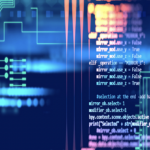
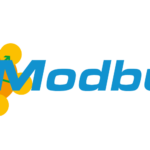


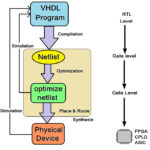


Questions related to this article?
👉Ask and discuss on EDAboard.com and Electro-Tech-Online.com forums.
Tell Us What You Think!!
You must be logged in to post a comment.